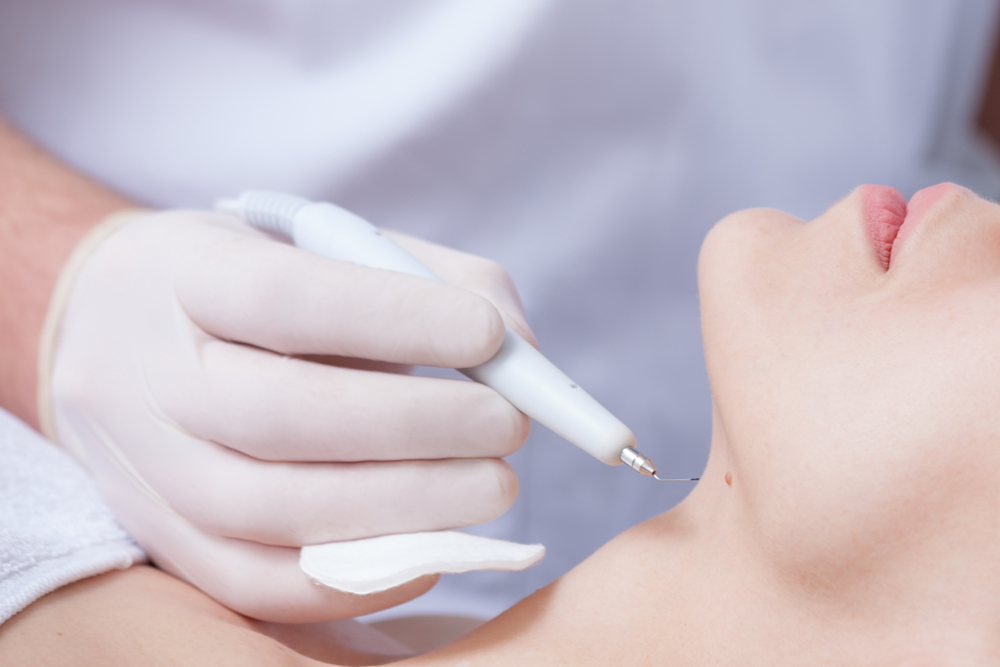Verruca or common warts are smaller, grainy skin lumps that are found on your fingers or hands.
Coarse to the touch, these common warts additionally have tiny dark spots, which are composed of small and coagulated veins.
Common warts are caused by a virus and are transmitted by contact. It takes as long as two to six months to form after your skin has been exposed to the virus. Common warts are generally innoxious and, in the long run, vanish on their own. In any case, plenty of individuals remove them since they are bothersome or humiliating.


